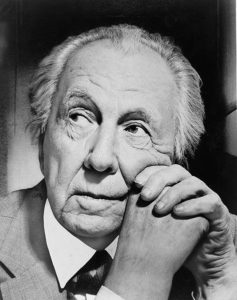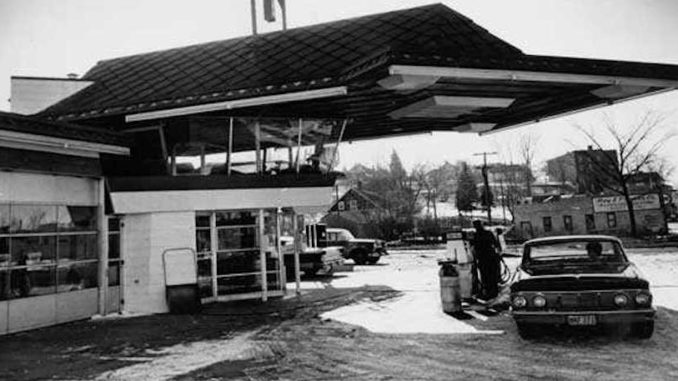
Highway 33 in Cloquet, Minnesota, is a picturesque gateway to the state’s northern wilderness.
However, this scenic route holds a hidden gem attracting enthusiasts and tourists worldwide — a famous gas station designed by the renowned architect Frank Lloyd Wright.
Since its construction in 1958, this unique gas station has become a symbol of Cloquet, drawing visitors who are captivated by the merging of architectural brilliance with everyday functionality.
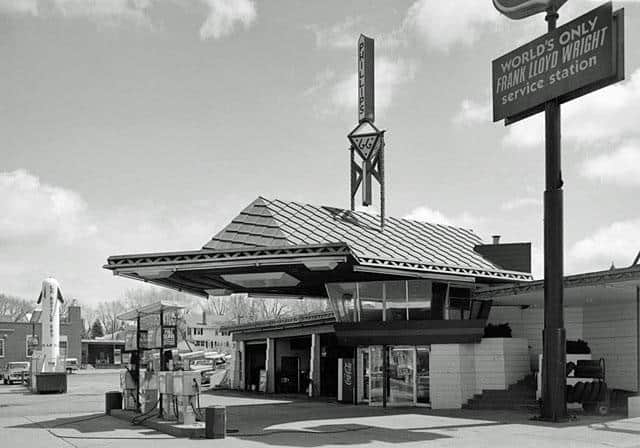
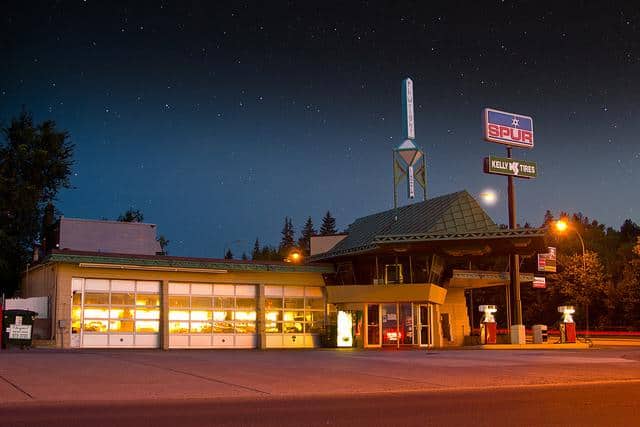
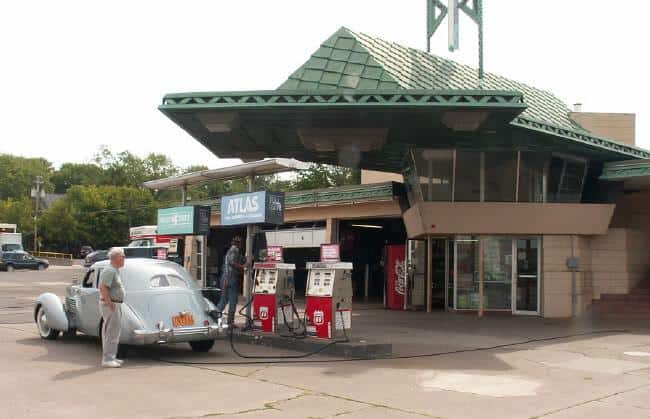
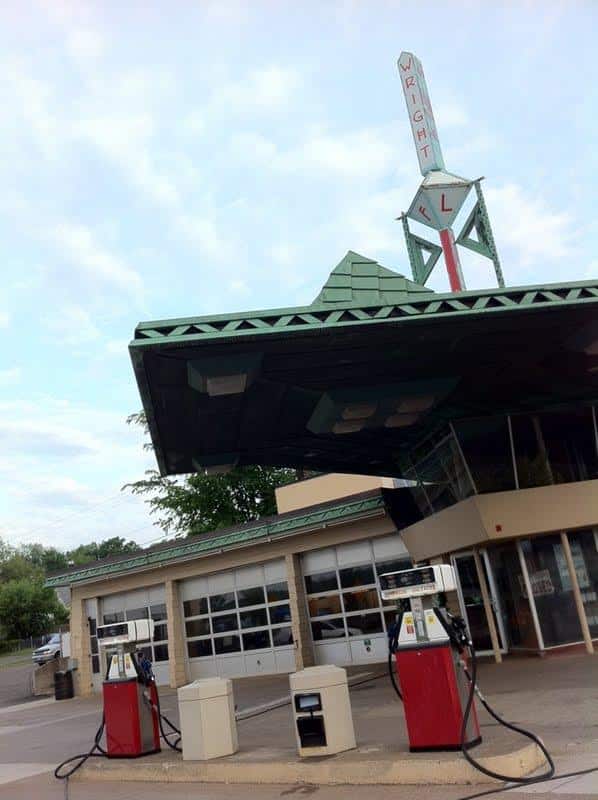
A Unique Landmark
The Frank Lloyd Wright-designed gas station is a curiosity and conversation starter for both locals and visitors. For those unfamiliar with its history, the idea of the world’s most famous 20th-century architect crafting a gas station may seem baffling. Yet, there’s a compelling story behind this remarkable piece of architecture.
A Surprising Project
Frank Lloyd Wright, known for his iconic designs such as the Guggenheim Museum in New York and Fallingwater in Bear Run, Pennsylvania, found himself drawn to the concept of gas stations. But why would an architect of his stature venture into such a project? The story begins with RW Lindholm, a local oil businessman in Cloquet.
Lindholm’s Vision:
In the early 1950s, RW Lindholm tapped Frank Lloyd Wright to design his home in Cloquet. Pleased with the results, when Lindholm needed to upgrade his gas station, he turned to Wright once again. It was no coincidence; Wright had been pondering the concept of gas stations for years, aligning with his broader interest in land use planning.
The Disappearing City:
In 1932, Frank Lloyd Wright published a book titled “The Disappearing City,” where he shared his vision for a more decentralized urban landscape. He believed in creating semi-agrarian communities across the country, necessitating not just cars but innovative gas stations.
The Frank Lloyd Wright Touch:
The gas station in Cloquet is a testament to Wright’s unique architectural approach. The building stands tall at 62 feet, with a 32-foot cantilevered copper roof that serves as the customer lounge. Wright’s vision was for this space to be a hub for discussion and civic engagement. It was a place where customers would discuss the issues of the day while waiting for their cars.
Unique Features:
The gas station showcases several Wrightian features, including his distinctive architectural signature, a distinctive font, Philippine mahogany in the restroom, and even a crisscross cornice. Skylights in the auto bays and an emphasis on using natural materials demonstrate Wright’s commitment to harmonizing architecture with nature.
A Pioneering Investment:
RW Lindholm invested $75,000 in the gas station’s construction, a considerable sum at the time, making it three to four times more expensive than an average gas station. Lindholm believed this architectural gem would attract customers and serve as a testament to his forward-thinking vision.
A New Owner with a Passion:
When Lindholm’s heirs decided to sell, the gas station faced an uncertain future. However, in 2018, a passionate Frank Lloyd Wright admirer, Bill Volna, purchased the gas station for $325,000. This unique acquisition made him one of the select few owners of buildings designed by the iconic architect. Volna’s decision to buy the station was driven by his love for the structure and his desire to preserve it.
A Source of Joy:
Bill Volna doesn’t view the gas station as a mere investment; it brings him joy. He relishes the idea of owning a piece of architectural history and spends time contemplating it. To him, the gas station is more than a building; it’s a testament to Wright’s vision for America.
Wright’s Enduring Vision:
If Frank Lloyd Wright were to see his gas station today, it’s likely he would still be proud of it. The station, which symbolizes his vision for America, continues to intrigue and inspire visitors from around the world. It stands as a unique blend of art and functionality, a testament to the enduring legacy of one of the world’s most celebrated architects.
Conclusion:
The Frank Lloyd Wright gas station in Cloquet, Minnesota, maybe a surprising entry in the architect’s portfolio, but it’s a testament to his innovative thinking. This unique structure continues to captivate travelers and architecture enthusiasts, offering a glimpse into the mind of a visionary who believed in combining art and utility. It’s a living reminder of how architecture can transform even the most ordinary spaces into something extraordinary.

